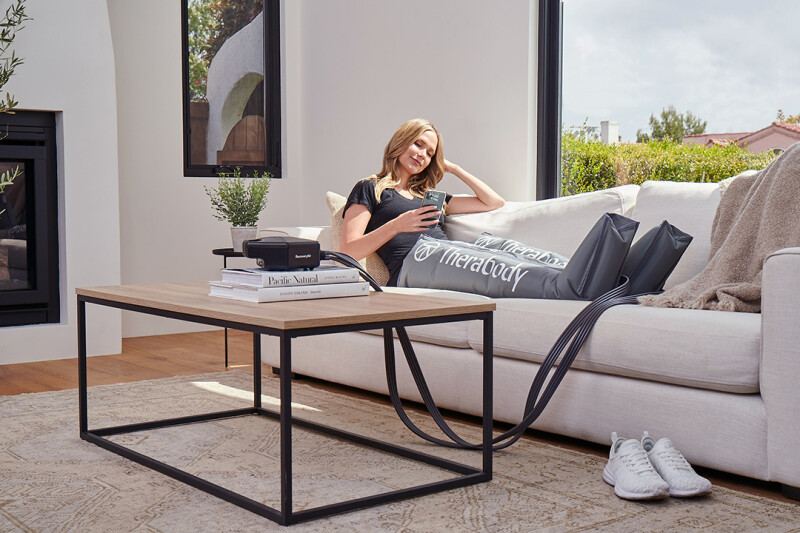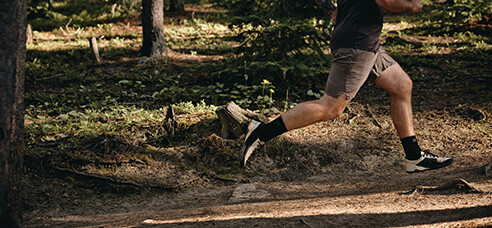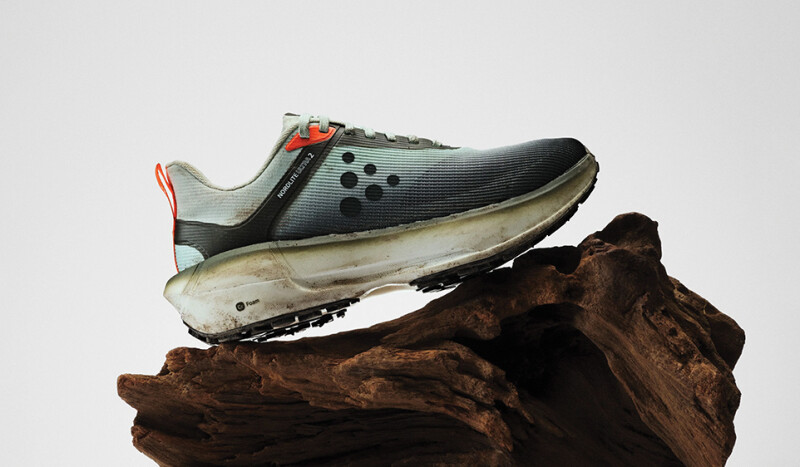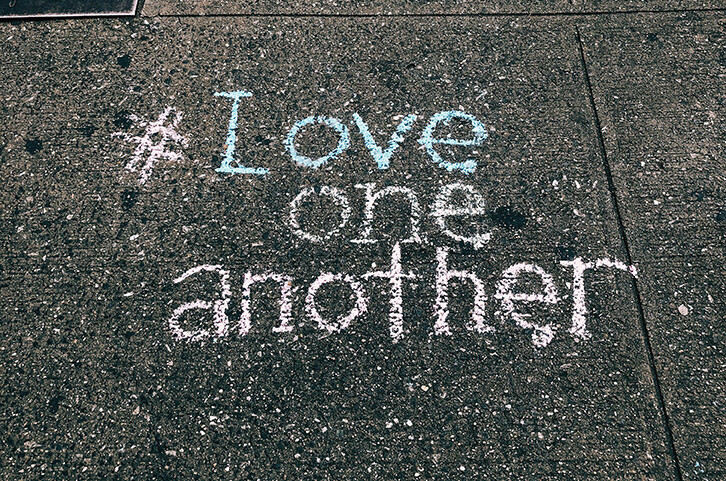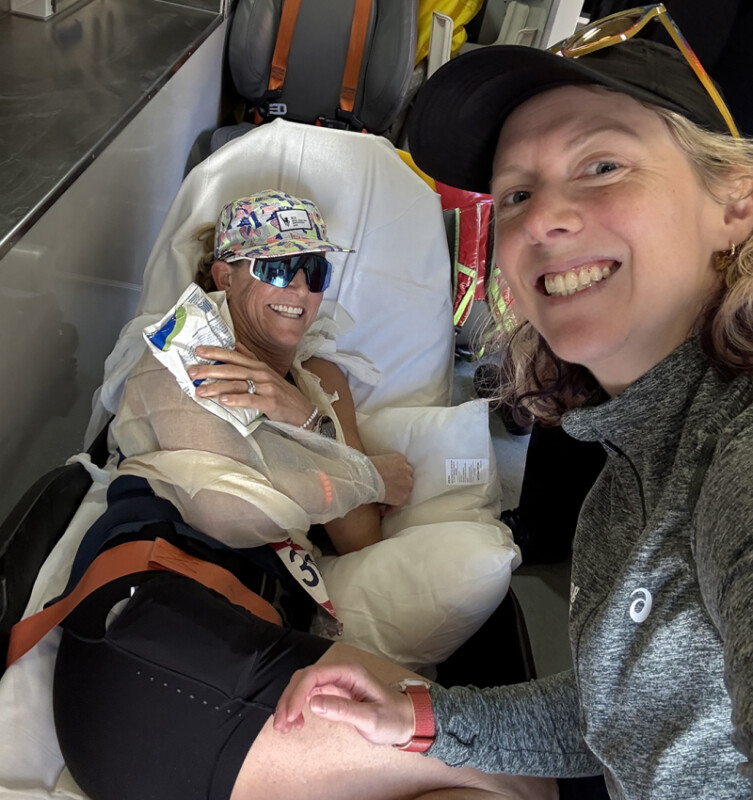Just as run specialty is recovering from the impact of the COVID-19 pandemic, runners themselves need to recover as they return to – or are just starting – training and races as the weather cools in 2021.
From big-ticket tools such as massage rollers, muscle stimulators and compression devices to supplements such as CBD gummies, sleep aids and energy boosters, the options are endless and the recovery category is hot. Even better, the margins for run specialty retailers are impressive.
One other benefit: The vast array and technical advances in the recovery category give retailers that little something extra to offer their customers that makes specialty retail, well, special.
A Recovering Category
“I would say the recovery category is recovering,” says Kelly O’Cadiz, COO of Pacers Running, with seven stores located in Washington D.C. and Virginia. “Due to the pandemic, with so many races being canceled and people not traveling as much, the request for these types of products has been negatively impacted.
“Having said that, we have seen a recent bump with the return of fall races and the increase in travel.”
Like the run category itself, the recovery category has been all over the place — while some retailers saw a decline in sales, others saw an increase and some leveled out, with the influx of new runners helping to bridge the gap.
“We've lost the volume of marathon and half marathon customers due to race cancellations, but replaced those with new walkers and runners,” reports Charlotte Walsh, owner of Charles River Running, Norwood, MA. “Demand kind of evened out for us.”
“We've seen a significant uptick in business both in-store and online and, as a result, we've seen all categories, including recovery, grow over the last year,” says Justin Burdon, co-founder of Heartbreak Hill Running Company with three stores in Boston and one in Chicago.
The Selling Process
With a category that is new to so many runners, education is vital, especially because there are so many options from which to choose. Retailers need to have a strategy for selling this vast array. Paying attention is one of them.
“We ask a lot of questions on the fitting bench,” says Walsh. “This gives us time to find out what the injured runner is suffering from and then we can make the best recommendations.”
Communication is key in this recovery sector since often customers just don’t know where to turn with so many products available. That’s why retailers are making it their responsibility to become experts so they can properly educate runners about the different methods of injury prevention and recovery.
“We consider ourselves educators of the sport and the recovery category is definitely part of the conversation,” says O’Cadiz. “They are add-on sales, sure. However, we concern ourselves with the overall well-being of our customers and always guide them to products that will benefit them.”
Recovery products might be an add-on sale for some, but that doesn’t take away from their prominence. Certain products have become reliable aids to runners to perform better without pulling a muscle, getting plantar fasciitis or dealing with painful blisters – making them popular for runners and the run retailers who cater to their demand for them.
“The two best-selling recovery items at Vac & Dash are the Strassburg sock and the Stick, says Peter Asciutto, owner of Vac & Dash, Albemarle, NC, who says that since the store’s opening in 2004 they have carried both items in their recovery area. The Strassburg sock, which helps relieve pain from plantar fasciitis, sells consistently to runners and non-runners alike.
“Strassburg provides us with as many pamphlets as possible to stuff race bags with and give to our customers,” Asciutto says, who also enjoys many referrals from local chiropractors and podiatrists.
“The Stick is also a great recovery item for us,” he adds. “Our best selling season for the Stick is cross-country season.”
An Array of Offerings
Massage tools and nutritional recovery supplements are among the products runners have been grabbing for years at most run retailers.
“Items that are doing quite well are the massage products like Theragun and Hypervolt, along with foam rollers,” reports O’Cadiz, who names Body Glide, CBD cream, exercise bands, and plantar fasciitis compression socks as the chain’s most reliable sellers.
Burdon reports that Roll Recovery and its R8 deep tissue massage roller is a vital recovery product for his business. Walsh says that nutrition is a hot segment, along with other recovery brands such as OS1st, VitalFit Nutrition and Aspen Green.
Because so many new runners have entered the sport in the past year-and-a-half, retailers have found that they must make education a staple of the selling process in order to awareness to the importance of recovery. It is incumbent on retailers to prevent customers from making assumptions that could hurt their overall health in the long-run. Indeed, a new responsibility has arisen to keep new runners from ignoring the signs of injury and resisting care when they need it.
“We do notice that the new runners and walkers are much more apt to self-diagnose, ignore the injury and or resist the idea of going to a physical therapist,” says Walsh.
“Our insole and plantar fasciitis sales are picking up,” reports O’Cadiz. “During the pandemic, the only area we saw growth was with massage guns and CBD products since many physical therapists and massage therapists were not taking patients, so customers purchased these products to use at home.”
Location is Vital
Emphasizing the importance of recovery is half the challenge, but product placement works hand-in-hand. Without an inviting display, all of these massage rollers, compression socks and CBD creams are likely to remain an afterthought to those who aren’t aware of the benefits.
“We have a dedicated space in the store for all of our recovery products,” says Walsh, adding that their CBDs and VitalFit have their own space near the shoe fitting area.
Dedicating a recovery product space is the strategy for Pacers Running, as well. Not only do they prioritize placing the category near the footwear, but they also opt for a demo area on the sales floor rather than a display near the checkout.
“We have a recovery/injury area in each store and we try and have as many demo products placed close to the footwear wall so people can test while they try on shoes,” says O’Cadiz.
Heartbreak hill takes a slightly different approach. Burdon finds that a designated area is not necessary as a part of his floor plan.
“We have recovery products scattered throughout the store. A lot of our runners will use the tools post-workout or after a long run,” he says.
With so many options available, it can be overwhelming to introduce runners to the recovery section, but retailers will always try to carry something that will suit every customer’s safety needs, and ensure that they can properly aid in the recovery process through education and extensive product knowledge.
